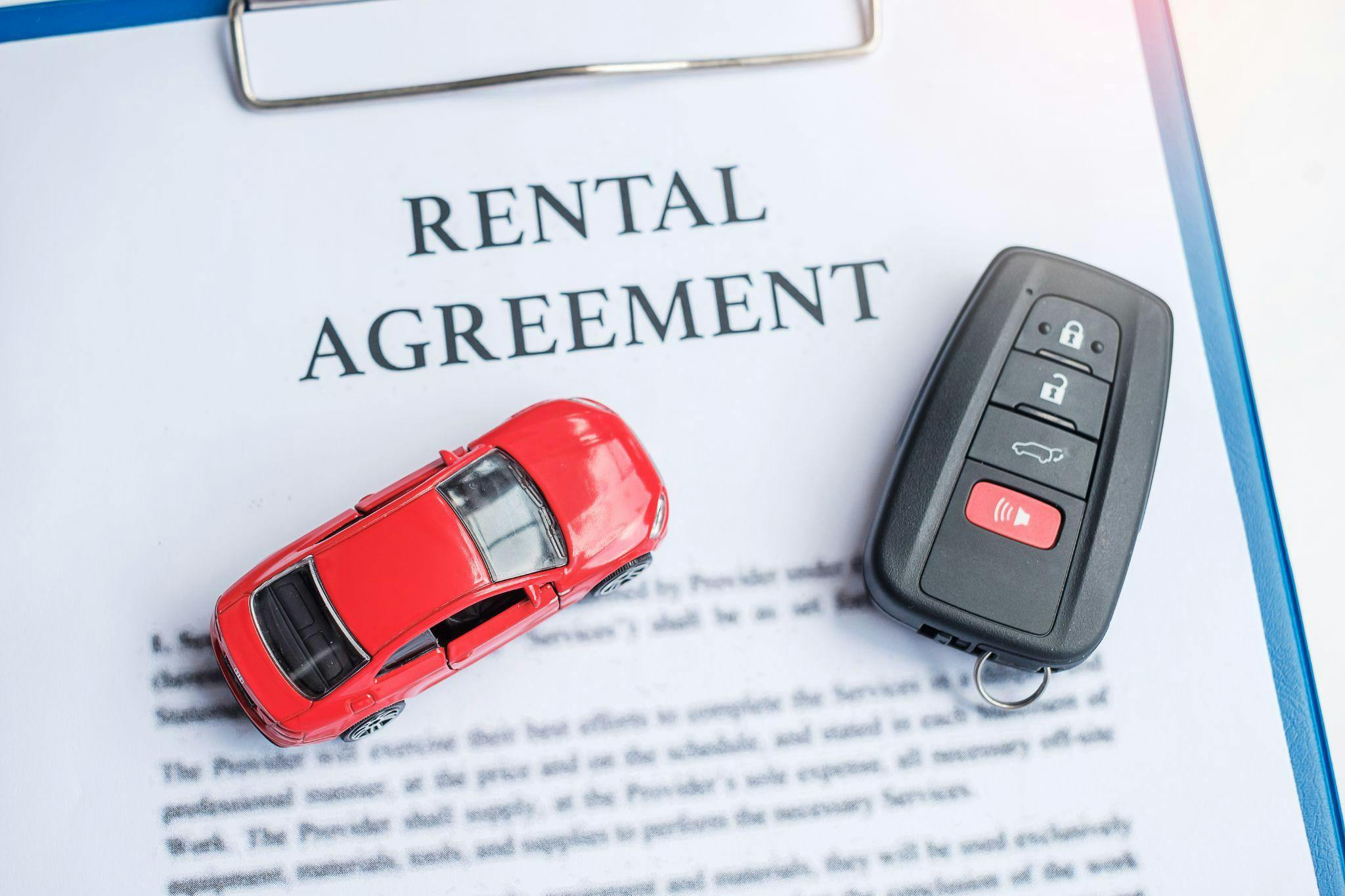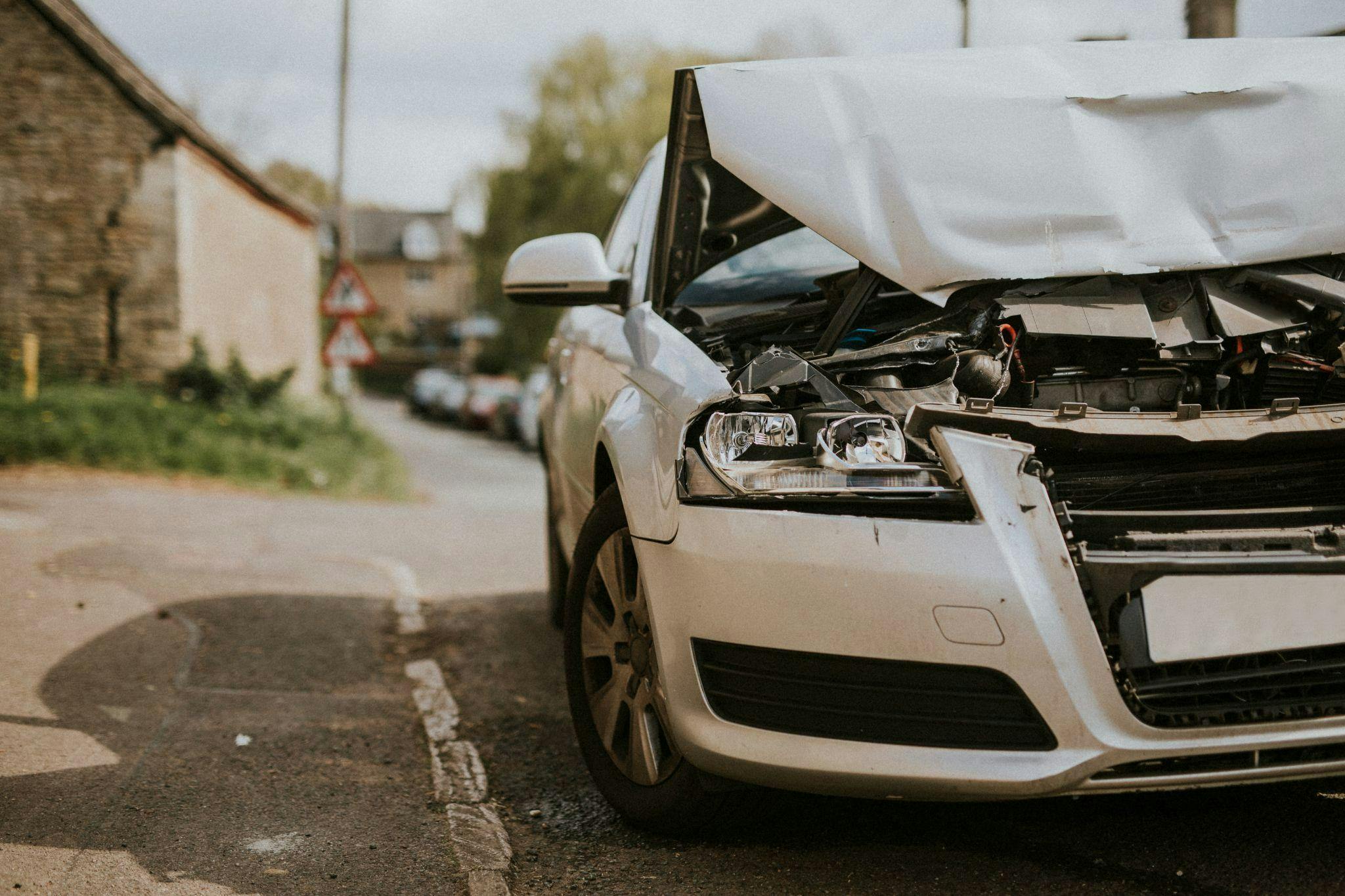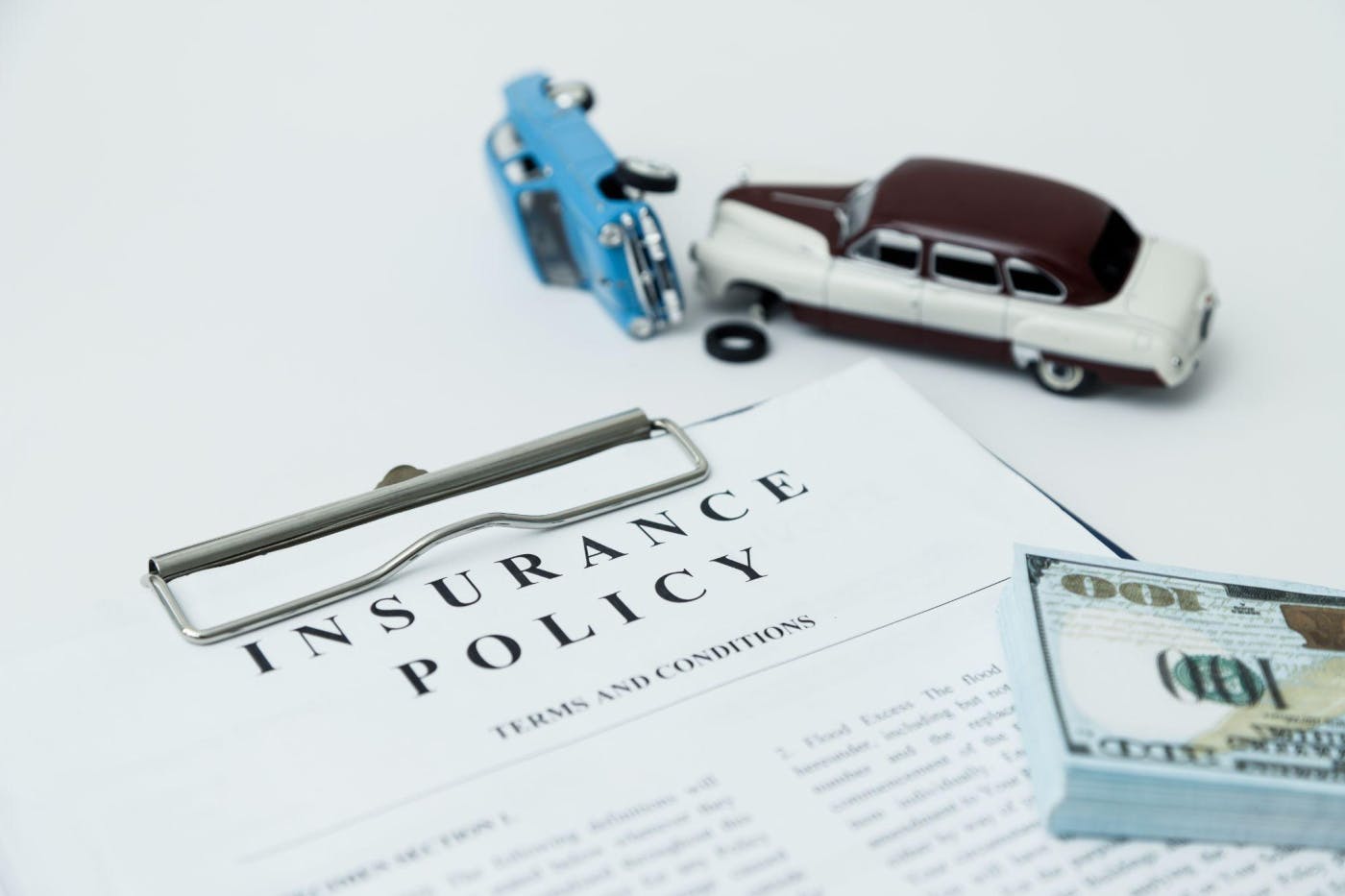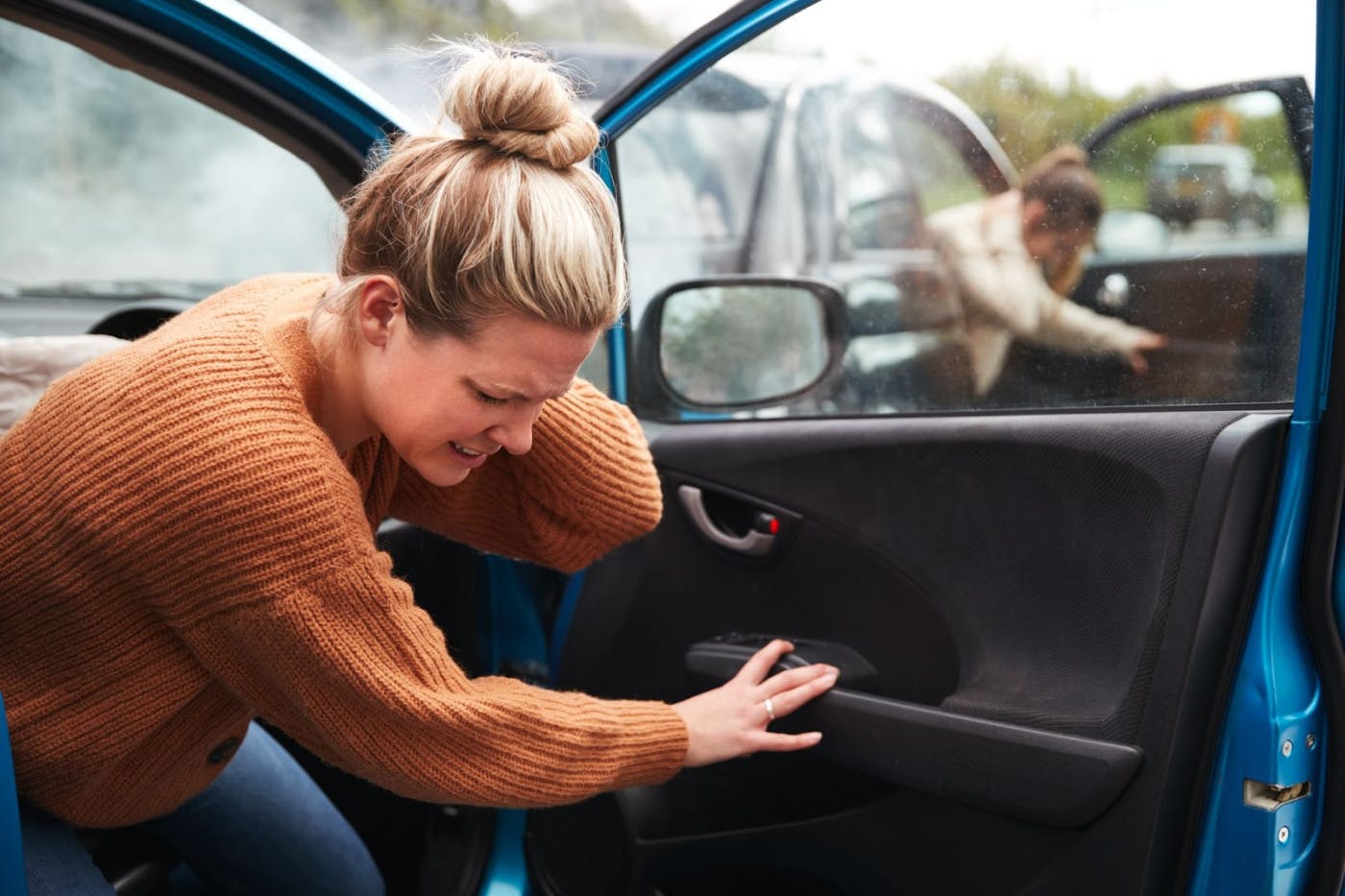Black Ice. Does Cold Weather Make A Difference?
I've always been told to be careful of black ice when it gets really cold. Careful of the slip and slide, especially on bridges when the temperature dips below zero. Well, today when I stepped outside it was freezing. I mean really freezing with the mercury at eight below zero. It got me thinking that maybe I should take a look and see if there is really something to this cold weather and black ice rumor. Here's what I found through my early morning research. This kind of feels like a middle school science project but hey, if it helps make things safer for someone then great.
Black ice is known as glare or clear ice that forms on a surface which is typically a roadway. It gets the name black because it is transparent and usually found on black asphalt. It is transparent because it contains relatively little entrapped air in the form of bubbles and therefore is clear unlike slush or snow. Bridges and overpasses are known to be dangerous. This is because air circulates both above and below the road surface causing the temperature to drop more rapidly on this type of surface.
Low temperatures can be a problem on roadways because the low temperatures can cause the exhaust on a car to condense leaving the freezing moisture on the road. At lower temperatures the road salt can also be less effective. Although the low temperatures are a problem, it seems this is not the only danger zone. If the temperatures suddenly rise above the freezing point of 32 degrees after a prolonged cold spell, this can cause moisture to develop over the cold road and create the black ice.
Enough of the Bill Nye the Science Guy talk. Let's look into what to do to protect yourself from black ice accidents. The first thing is obvious; be as careful as you can driving in these winter conditions. This is sometimes easier said than done if you hit the transparent black ice. So if you do come across black ice think about these tips:
1) As soon as your car begins to slide, take your foot off the gas pedal.
2) Don't slam the brakes.
3) Look for trouble spots ahead. An example may be cars sliding ahead of you.
4) If your car does begin to skid on the ice, turn the wheel in the direction of the skid.
5) Leave plenty of space between your car and other cars on the road.
6) Don't think you are invincible just because you drive a truck or a big sports utility vehicle.
7) Other precautions:
a) Make sure your tire treads are good. Basic car maintenance is important.
b) Think about spots that can likely form black ice like bridges and areas around water.
c) Wear your seat belt.
I hope this was helpful on this chilly, January morning and drive safe.













